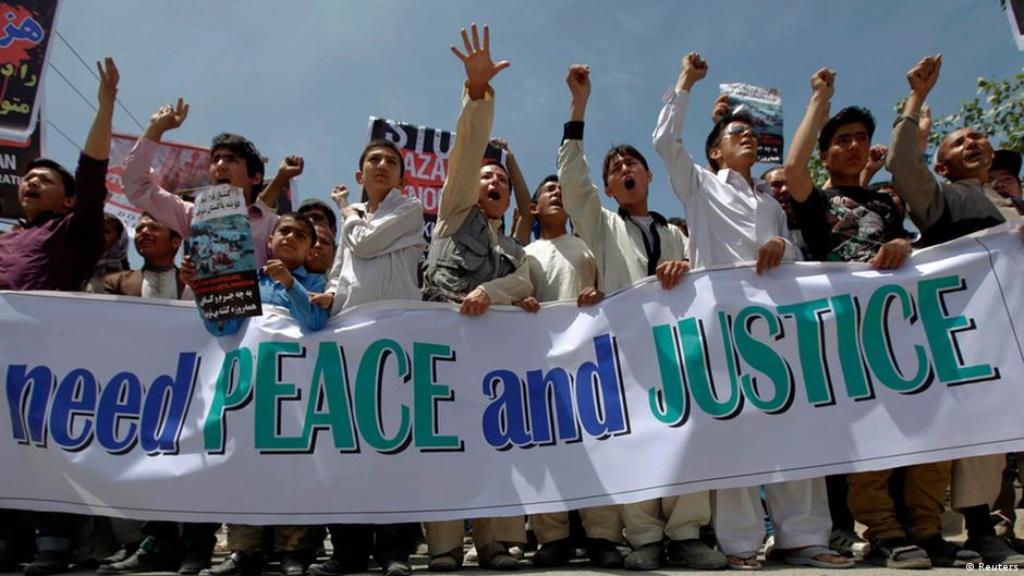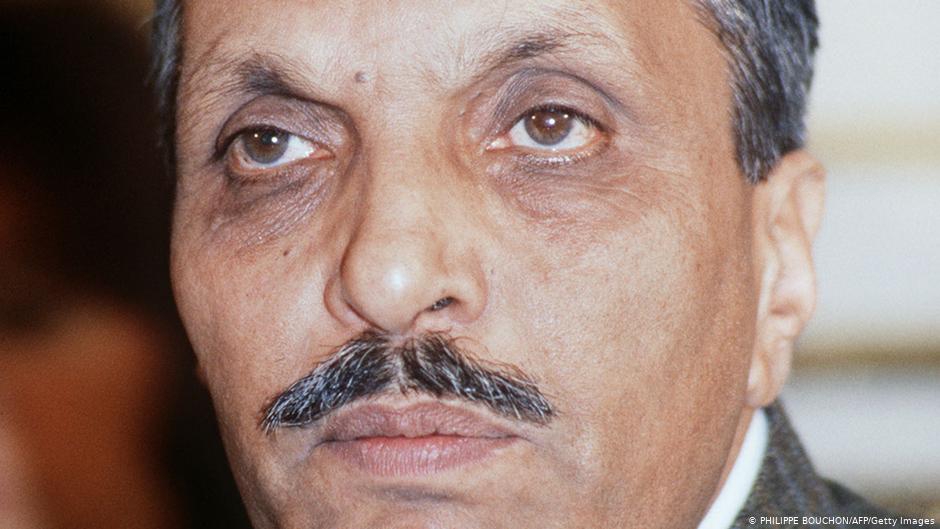Syria's proxy war widens gulf between Sunnis and Shias

Few people outside the borders of Pakistan are familiar with the country’s small ethnic minority of Hazaras. In neighbouring Afghanistan, the Hazaras form the third largest ethnic group, but they only moved into the territory that forms modern-day Pakistan at the end of the 19th century. The reason behind the move was a rigorous persecution of the Hazaras by the Afghan Emir, Abdur Rahman Khan.
Many Hazaras sought protection in what was then British India, and since that time they have made up a considerable proportion of the population in the Pakistani city of Quetta. Their membership of the Shia Twelver sect and their visibly central Asian facial features make them stand out clearly in the overwhelmingly Sunni, Pashtun north of the province of Balochistan. This makes them an easy target for attacks by Sunni terrorist groups. Since 2012, there has been an increase in attacks on Hazaras by terrorist organisations such as Lashkar-e-Jhangvi (“Jhangvi army”).
Hazaras caught in the crossfire of Sunni terrorists
According to an estimate by the British Home Office in 2019, more than 2000 Hazaras have been killed in terrorist attacks in Pakistan since 1999. The most recent attack was carried out at the start of 2021, when eleven Hazara miners were executed by terrorists. The Hazara community blocked a main road for several days in protest, and refused to bury their dead until Pakistan’s prime minister Imran Khan made them a personal guarantee of increased safety. The prime minister was heavily criticised throughout the country for his initially insensitive response to the protestors.
In the end, Khan met with the representatives of the victims a week later and promised them state support and more security. Time will tell whether these are empty promises, as has been the case with previous governments, or whether things will actually change.

The persecution of the Hazaras is in part a consequence of the policies pursued by the military ruler Zia-ul-Haq (1977-1988). After the Soviet occupation of Afghanistan, he encouraged a so-called "Islamisation" of Pakistan, with the help of his radical Sunni ideology. This was intended to suppress the growing influence of Iranian revolutionary ideas on Pakistan’s Shia Muslims, who at the time made up more than 20 percent of the population.
Pakistan caught up in Saudi-Iranian rivalry
This policy led to the formation of anti-Shia groups such as Sipah Sahaba ("Guardians of the Prophet’s companions") and Lashkar-e-Jhangvi, whose declared aim is to combat Shias and other "apostates". From the mid-1980s, Pakistan began to experience the worst sectarian violence in its history, in the wake of which some militant groups were also formed by the country’s Shia Muslims. They are said to have close connections with Iran. Pakistan was caught up in the conflicts between the Saudis and the Iranians. Assaults and attacks saw hundreds killed on both sides.
It was only in the mid-1990s that the violence began to ebb a little. After 2001, the military ruler Pervez Musharraf, who remained in power until 2008, started to take targeted action against radical groups in the country for the first time. Since then, both the Sunni Sipah Sahaba and several militant Shia organisations, such as Sipah-e Muhammad and Ansarul Hussain, have been banned.
[embed:render:embedded:node:39230]
Syrian conflict fuels sectarian split
Following a period of relative calm, anti-Shia groups seem to have become increasingly active again in recent times. The primary reason for this is the conflict in Syria. Since 2013, there has been evidence that groups of Pakistani Shias as well as radical Sunnis have been involved in clashes in Syria. In 2015, they were organised separately into the so-called Liwa Zaynebioun or Zaynebioun Brigade. Following initial basic military training, they are now being deployed on various front lines in Syria by the Iranian Revolutionary Guards.
The anti-Shia mass demonstrations held in September 2020 in Karachi and Islamabad may have come as a surprise to many Pakistanis, but they were an expression of this smouldering conflict. Among the demonstrators were members of the banned Sipah Sahaba and other militant Sunni organisations, who sympathise with Sunni terrorist groups in Syria. The authorities are very worried that Karachi could once again be visited by a wave of inter-denominational violence. The security forces are increasingly taking action against militant groups in this major city. At the end of 2020, several members of the Zaynebioun Brigade were arrested during one of these operations.
Of course, long-term success in combatting radicalisation can only succeed if an atmosphere of tolerance is also promoted right across society. But for Pakistan, that is still a long way off.
© Qantara.de 2021
Mohammad Luqman studied Islamic Studies at the Centrum für Nah- und Mittelost-Studien at the University of Marburg, with a research focus on Islam in South Asia. He is currently writing a PhD at the University of Frankfurt, on the relationship between religion and nationalism in Pakistan.
You may also like:
Sunni-Shia relations: Plea for a Muslim peace
Sunnis in Iran: The Zahedan network
Iran-Saudi conflict: Playing the sectarian card
Kim Ghattas' "Black Wave": The rivalry that completely transformed the Middle East